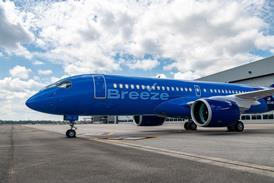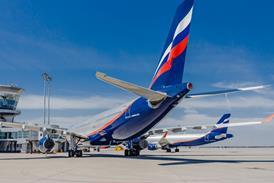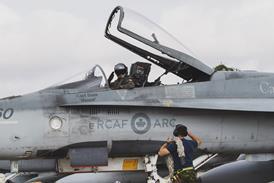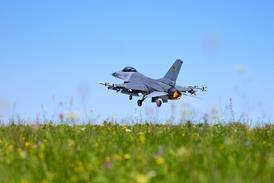Export prospects for the new GKN Westland Super Lynx are set to take off, says the company, with contracts for more than 40 aircraft close to signing in Europe and East Asia.
"We are in live discussions with Australia, New Zealand and Malaysia," says a company spokesman, adding: "A contract is near with Germany."
The Super Lynx is an export version of the Royal Navy's Mk.8 version, which has also recently been delivered to the Brazilian Navy.
The Royal Navy is upgrading 50 of its Lynxes to the new standard. Prospective buyers can look around one of the highly capable naval helicopters at the GKN Westland visitors centre.
There is a series of Super Lynx airframes on offer. The Super Lynx Series 100 is fitted with Rolls-Royce Gem 42-1 engines, composite main rotor blades, reverse direction tail rotor, 360o radar and a conventional cockpit.
An alternative LHTEC T800 engine option is also available on the Series 200 versions, which has a dual channel full authority digital electronic control, (FADEC), electronic power system displays and conventional cockpit.
The ultimate Series 300 version features a full glass cockpit with six LCD colour flat panel displays and core avionics.
Announcing the new range at Farnborough ‘96, Phil Burton, GKN Westland Helicopters export business director, says: "The Super Lynx Series 100 continues to offer a first class capability for operations in temperate climates but some operators are looking to fly at close to maximum all up weight in higher temperatures, where the 30% greater power of the T800 engine will offer more flexibility.
Mission
"Similarly, both existing and prospective users want the benefits of the increased mission effectiveness and integrated core avionics the system provides.
"These latest developments will ensure that the Super Lynx remains the most capable and successful intermediate naval helicopter well into the next century."
Since it was introduced into service in 1976, more than 300 aircraft have been produced and are in service with 11 navies.
Source: Flight Daily News




















